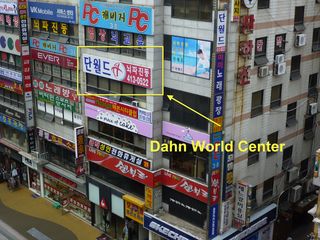My last tip about emoticons in Korean was pretty interesting, no? ^o^ ㅋㅋㅋ
Another issue that causes confusion sometimes is the correct Romanization of vowels in Korean proper nouns.
There’s because certain Korean letters (especially vowels!) can be rendered with more than one English spelling.
For example, the Korean 우 is pronounced as “u” as in lucid or “oo” in noodle. But “u” can also sound like the dull “u” sound of “full” (sometimes rendered as “으” in Korean, but more often as “우”) and “oo” as in book”. “u” also carries a short sound, as in “funny” (which can also be the “o” in Monday, and rendered as 어 in Korean).
You don’t have to memorize the above stuff!
I’m just trying to make a point that letters in English don’t correspond one-for-one with letters in Korean; the correct spelling from one language to another varies from word-to-word.
But consistency is often important and to keep things under control, Koreans have come up with some rules for transliteration that are usually (but, alas, not always!) followed.
Here are some Romanization examples where the resulting spellings can seem a little odd in English.
- u as in lucid (우) -> woo
- oo as in book (으) -> eu
- u as in funny (어) -> eo
- a as in apple (애) -> ae
This is why Daewoo is spelled with a “w” (it should just be “day-oo) or Seoul is spelled with an “eo” (though the “u” should actually be a “woo”). According to the official rules, Hyundai should be spelled “Hyeondae” and Samsung should be “Samseong”.
For more information on the Revised Romanization of Korean, check out Wikipedia (for the long version) or my Korean Translation Services Buyer’s Guide (for the short version).
I try to follow the Revised Romanization approach (including the recognized exceptions) when translating documents to English but this doesn’t always square with the way a client wants things spelled in their English translations.
Korean Translation Tip – This can be a big issue when translating official personal documents from Korean to English (such as birth certificates, driver’s licenses, etc.). It’s a good idea to ask the client in advance for the English spellings they want used for Korean proper nouns in the source text.



